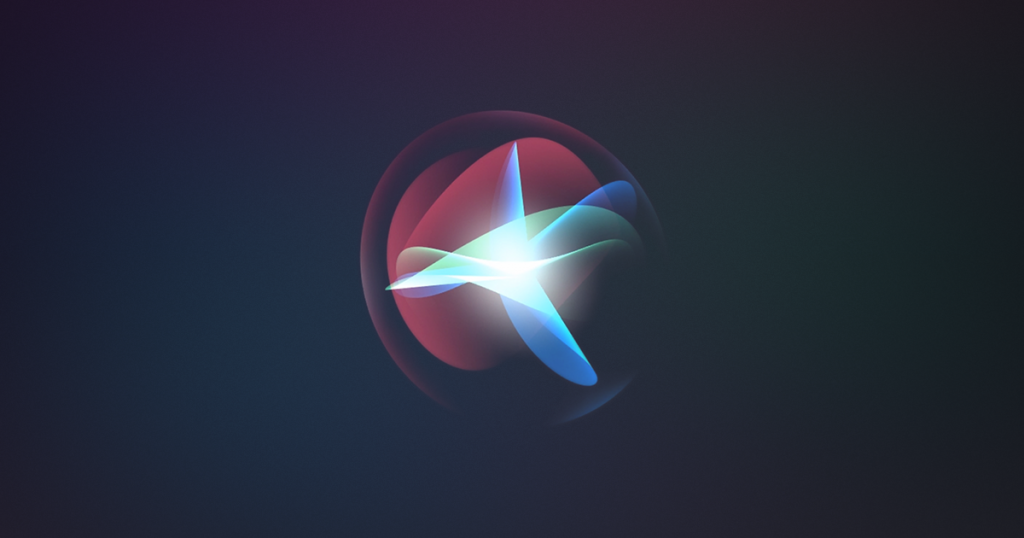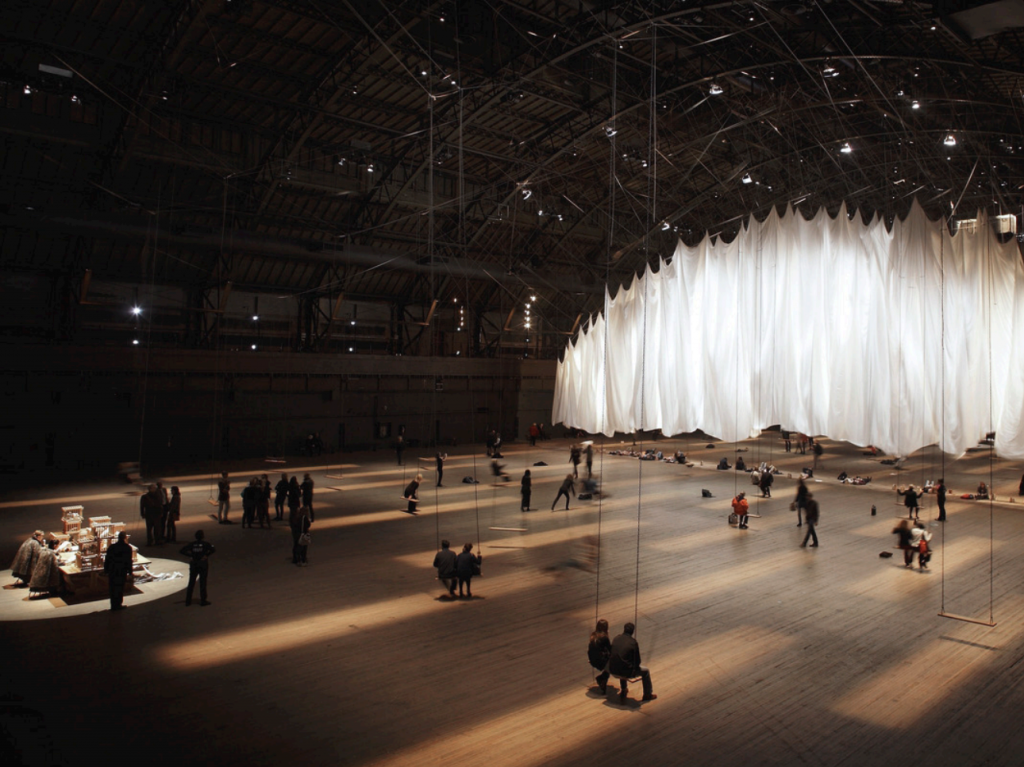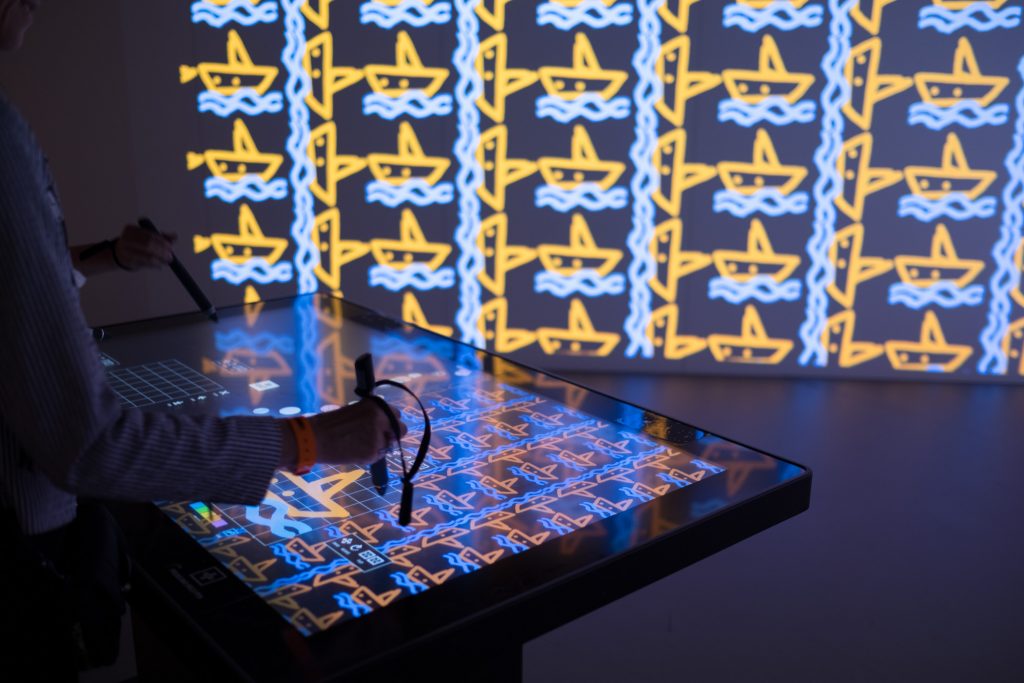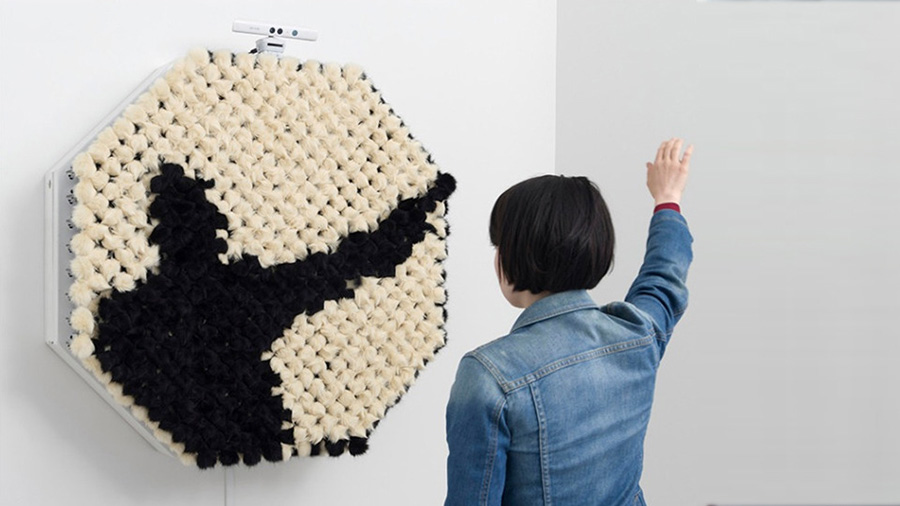function setup() {
createCanvas(500, 600);
background(216,191,216);
}
function draw() {
strokeWeight(0);
fill(51,0,0);
ellipse(250,219,233,165);
strokeWeight(0);
fill(51,0,0);
rect(133,213,233,273);
strokeWeight(0);
fill(210,180,140);
rect(208,375,84,45);
strokeWeight(0);
fill(210,180,140);
ellipse(251,465,280,110); //shoulders
strokeWeight(0);
fill(210,180,140);
rect(112,465,280,144);
strokeWeight(0);
fill(222,184,135);
ellipse(250,285,188,226); //face
strokeWeight(0);
fill(0);
rect(155,422,10,72)
strokeWeight(0);
fill(0);
rect(334,422,10,72)
strokeWeight(0);
fill(0);
rect(153,475,194,125)
strokeWeight(0);
fill(128,0,0);
ellipse(251,340,83,43);
strokeWeight(0);
fill(222,184,135);
ellipse(251,325,95,30);
strokeWeight(0);
fill(0);
ellipse(209,270,28,28);
strokeWeight(0);
fill(0);
ellipse(292,270,28,28);
strokeWeight(0);
fill(222,184,135);
ellipse(209,280,24,29);
strokeWeight(0);
fill(222,184,135);
ellipse(292,280,24,29);
strokeWeight(0);
fill(205,133,63);
ellipse(250,310,32,22);
strokeWeight(0);
fill(222,184,135);
ellipse(250,305,32,22);
strokeWeight(0);
fill(245,222,179);
ellipse(250,301,29,22);
}
The most challenging part of this project was having to do a lot of trial and error because I had to keep reopening the index.html file to see whether or not my illustration was coming out correctly.
![[OLD SEMESTER] 15-104 • Introduction to Computing for Creative Practice](https://courses.ideate.cmu.edu/15-104/f2021/wp-content/uploads/2023/09/stop-banner.png)



